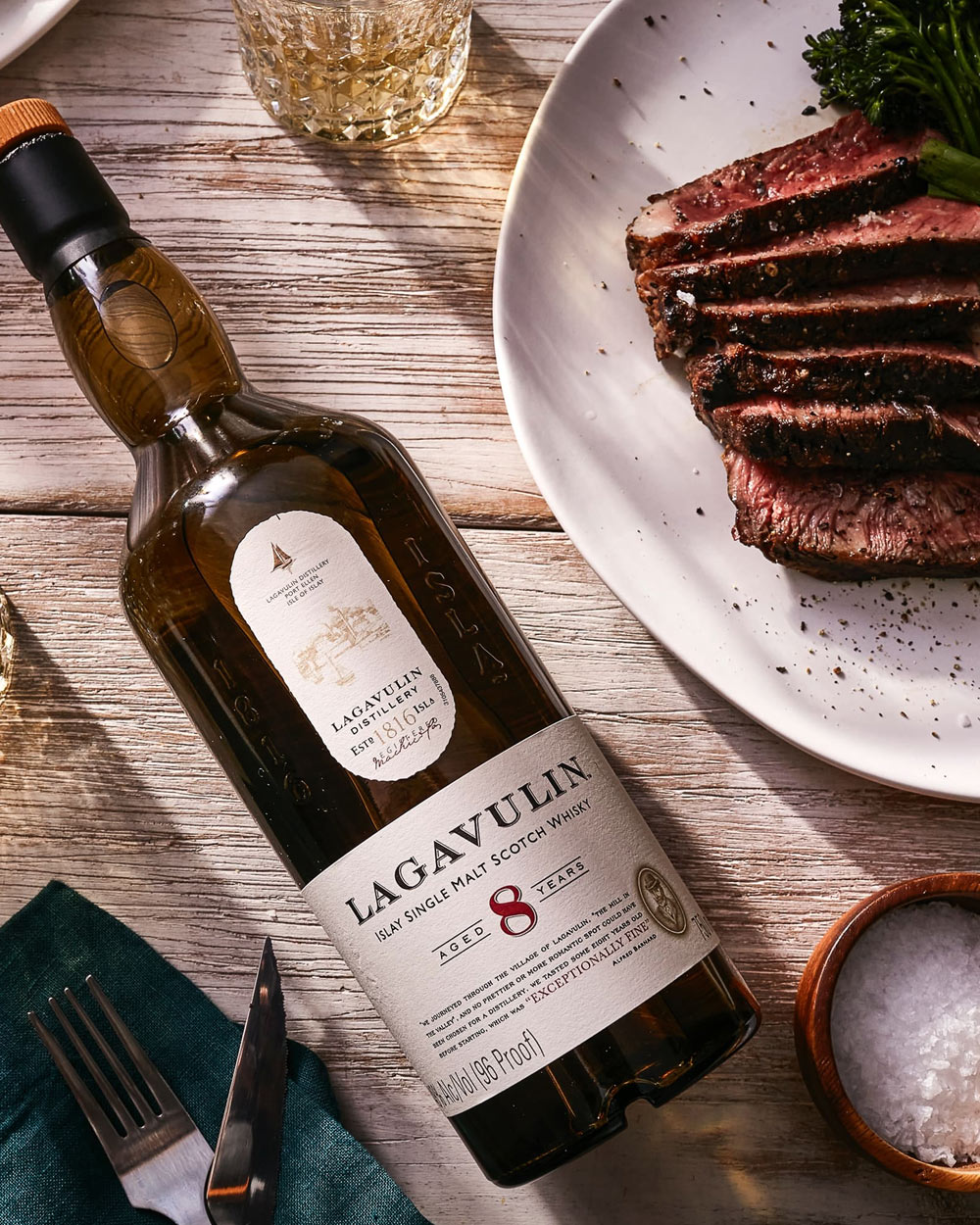Like competing front men in the same band,
tequila and mezcal have spent the last decade trying to convince the cocktail crowd that they’re the best go-to act from south of the border. But while they fight for attention, sotol, their little-known relative has been slowly growing in popularity, first with adventurous mixologists, then inevitably consumers. This once virtually unknown spirit of Mexican peasants is finding itself at the center of attention in bars and lounges all along the US-Mexico border and beyond. It’s just a matter of time before it’s officially “discovered.” But will sotol usher in the next craze like tequila or mezcal? Or is this funky spirit just a curiosity that will fade back into the abyss.
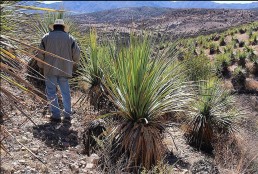
Like its better-known competitors, Sotol has a long and rich history which began when indigenous people of Northern Mexico made a crude, weak beer out of a wild desert shrub at least a thousand years ago. What makes it unique, is the type of shrub they used. While Mexican spirits like tequila, mezcal, bacanora, and raicilla are made with agave, sotol is usually made from the fermented juice of the Dasylirion Wheeleri plant, aka sotol or Desert Spoon. While both sotol and agave belong to the lily family and grow close to the ground with long, spiked leaves, there are important differences.
First, sotol is only barely related to agave. While both are in the lily family, sotol belongs to the Asparagaceae family, whereas agave is classified under Agavoideae, a sub-family to Asparagaceae. Sotol is also smaller than the agave plant, each one capable of producing only a single bottle versus two to five for each agave. Producing sotol is much more sustainable than tequila and mezcal because after harvesting the piña (or, heart) from the sotol, the plant grows back. Agave must be dug up and replaced when harvested. Finally, agave and sotol grow in different regions – the middle-Mexico state of Jalisco is home to tequila’s blue weber agave, and the northern, rockier terrain of Durango, Coahuila, and Chihuahua for sotol.
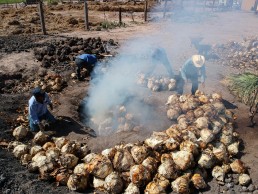
Cowboy Popskull
The Spanish distilled the crude, fermented sotol beer into a spirit, and, eventually it became one of the most commonly consumed drinks in the country. According to a 1907 newspaper article from Ysleta, Texas, “Sotol is to the people of these parts what whisky is to the men of Kentucky. Small sotol distilling plants have been in operation all through this region from time immemorial.”
Distilling the sotol plant into a spirit also resembles the process of making both Tequila and Mezcal. The piña is cooked and then crushed, and Its juice is mixed with water and yeast for fermentation. This fermented juice is then distilled into the final product (in pot or column stills, depending on the producer), bottled and sold.
Sotol was popular mostly along the US-Mexico border that shifted and changed over a few hundred years. It was especially treasured by cattle ranchers and vaqueros from southern California to the Texas panhandle, but it never really made its way into central or south Mexico.
And while sotol never had a significant presence on a national level in the US, what trade existed was stamped out by prohibition, not because they were illegal (they were on the Mexican side, after all), but because organized crime syndicates created their own tequila and whiskey (read: rotgut) distilleries and muscled out competitors. By the time 1934 rolled around, the spirit had all but disappeared. Luckily, a few small, independent producers defied criminals and Mexican law enforcement, keeping alive the craft of making this endemic spirit, if even just barely.
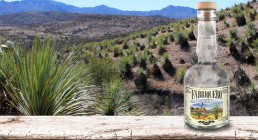
Finding Sotol In The States
Despite its alluring history and rich culture, it’s sotol’s unique taste that’s winning over so many bartenders and cocktail fans here in the States. While Mezcal is often considered the smokier alternative to Tequila, as a rule of thumb, sotol is considered “earthier” with distinctive notes of grass and clay. With the market’s increasing interest in Mexican spirits, sotol production in Mexico has made a dramatic comeback of late, and a handful of producers have begun a patient foray into the U.S. distilled spirits market. This sounds like a no-brainer, but when you launch a relatively unknown spirit into the expensive United States market, the onus sits with the producer or distributor to educate professionals who will hopefully pass that knowledge down to the consumers. One such sotol available in the States is Fabriquero, co-founded by chef and restauranteur Danny Mena, founder of New York City’s La Loncheria and author of “Made in Mexico.” Produced in both Durango and Coahuila, Fabriquero is prepared traditionally by slowly baking the pina’s for three five days in mesquite wood-pits, imparting smoky, musky flavors. From there the juice is fermented in ground level concrete tanks, then double distilled in copper alembic stills.
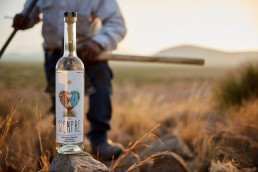
Expert Sotol Cocktails
On the other side of the taste spectrum is Sotol por Siempre. Here is another traditional Sotol, produced by 6th general distiller Jacob Jacquez in the northern Mexican state of Chihuahua. Like his father, grandfather, and great grandfather before him, Jacob relies on open-air fermentation tanks and wild yeasts, resulting in floral aromas and earthy flavors of soil and grass.
Like tequila and mezcal, traditional sotol is drunk blanco, meaning unaged or minimally aged. But like its Mexican cousins, Sotol is sometimes aged to dovetail with the American palate. Check out Ocho Cientos Sotol Reposado, which are rested in American oak ex-bourbon barrels. Reposados are rested between six months and one year, while anejos are aged between one and three years. The result is a smooth sipping spirit that infuses those top-line vanilla, caramel and spice notes that bourbon and aged-tequila lovers crave.
Sipping aside, if sotol is to seriously compete with tequila and mezcal, it needs to taste good in a cocktail. Earthy, herbal, and complex, sotol can easily replace gin, tequila or whiskey in most drinks recipes, and it also blends beautifully with fruit juices. But whether you choose to sip it neat, on the rocks, or in a mixed drink, any home bar needs at least one bottle of this centuries-old newcomer. Here are a few cocktails by the pros that’s easily made at home.
Sotol So Good
Sotol Modern Cocktail Kitchen, Gilbert, AZ,
1½ oz Sotol por Siempre
¾ oz Coconut rum,
¾ oz Pineapple juice
¾ oz Fresh lime
½ oz orgeat syrup (if unavailable sub with simple syrup)
Combine all ingredients in a shaker and add ice. Shake until very cold and strain over fresh ice in a salted tiki style glass.

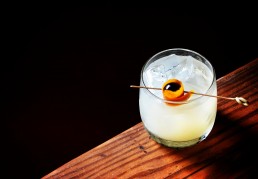
The Dog Fighter
Little Water Cantina in Seattle, Washington.
1 oz Sotol
1 oz Tequila,
½ oz maraschino,
½ oz lemon juice,
½ oz Cointreau
2-3 dashes peach bitters
Combine all ingredients and add ice. Shake until very cold and strain over fresh ice in a rocks glass. Garnish with a lemon wedge and Luxardo maraschino cherry.
"Mysterious, layered, and complex, Sotol is similar to tequila and mezcal, but has more of that “unknown” we adventurous drinkers seek."
Clint Lanier is a professor in the English Department of New Mexico State University. He is also the co-author of Drunken History, Bucket List Bars: Historic Saloons, Pubs, and Dives of America, and Craptails: the World’s Worst, Weirdest, and Most Disturbing Drinks. He has also written about spirits and travel for The Huffington Post, Fodors, Eater, and Liquor.com.

